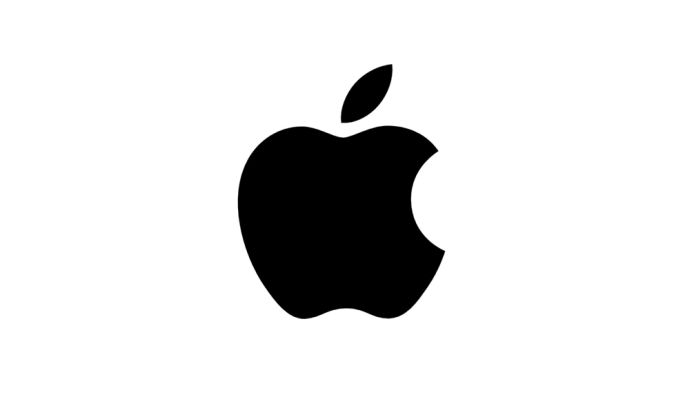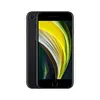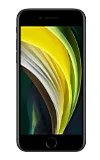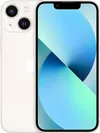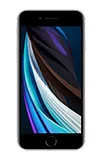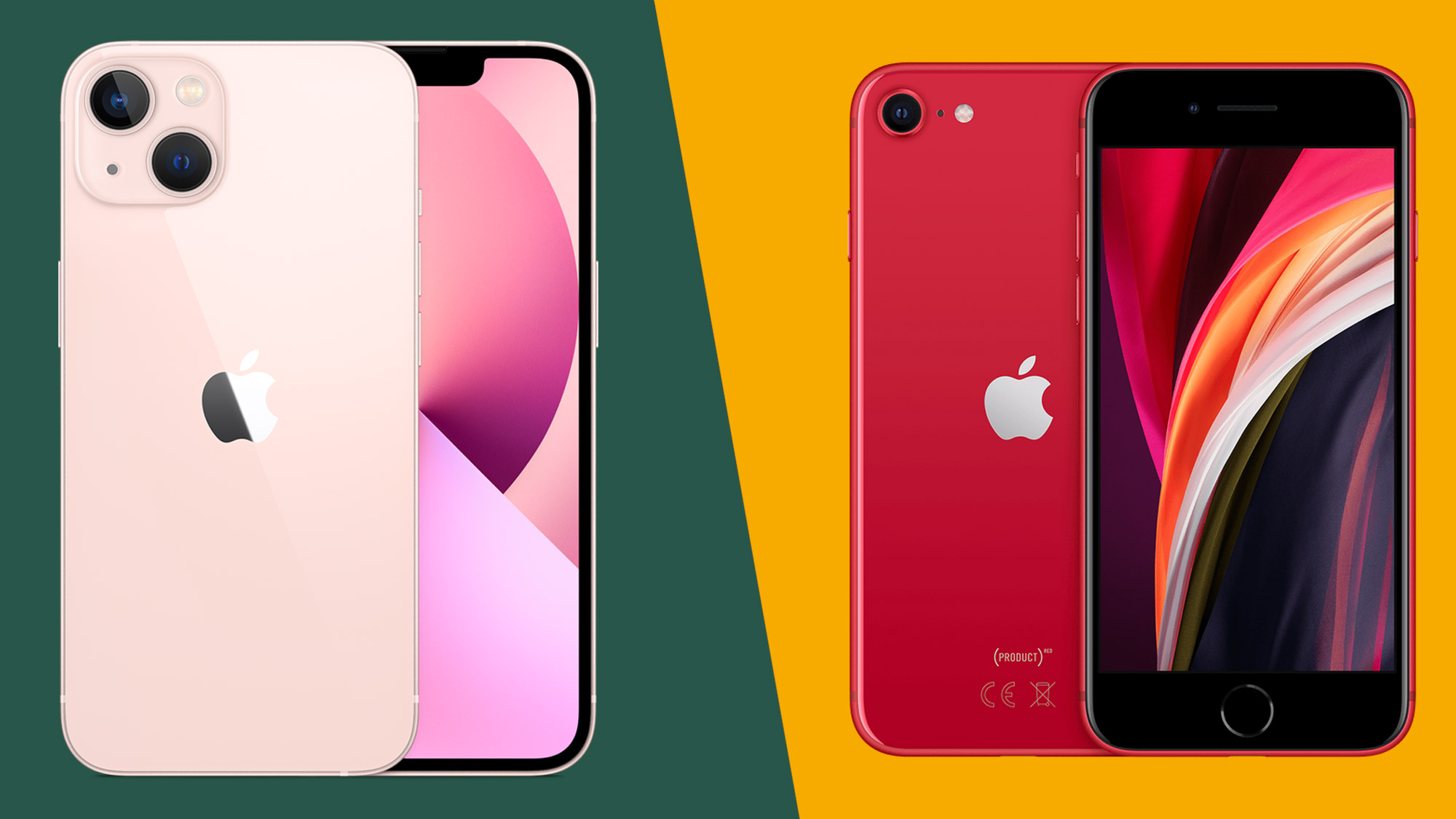
The iPhone 13 is Apple’s current flagship choice, offering a potent mixture of performance and features at a price that still falls well below those of the Pro and Ultra models.
However, Apple’s current budget pick remains the iPhone SE (2020). There’s no cheaper Apple-branded smartphone currently being offered brand new.
There are no prizes for guessing which is the better phone here, but which phone provides the better value? How big are the margins? We’ve spent lots of time with both of these phones, so here are our in-depth findings.
iPhone 13 vs iPhone SE (2020): price and availability
The iPhone 13 arrived on September 24, 2021, with a base 128GB model that costs $799 / £799 / AU$1,349. Upping the storage to 256GB costs $899 / £879 / AU$1,519, while $1099 / £1079 / AU$1,869 will get you the top 512GB model.
The 64GB iPhone SE (2020) landed in shops on April 24, 2020. Prices started from $399 / £419 / AU$749 for 64GB of storage, before moving up to $449 / £469 / AU$829 for 128GB and $549 / £569 / AU$999 for 256GB.
You can still buy the iPhone SE (2020) as new from Apple, with the only change being a slightly reduced £399 / £449 / £549 price tag here in the UK.
It’s an early win for the iPhone SE (2020), with the 128GB model costing $350 / £350 less than the equivalent iPhone 13.
Get daily insight, inspiration and deals in your inbox
Sign up for breaking news, reviews, opinion, top tech deals, and more.
iPhone 13 vs iPhone SE (2020): design
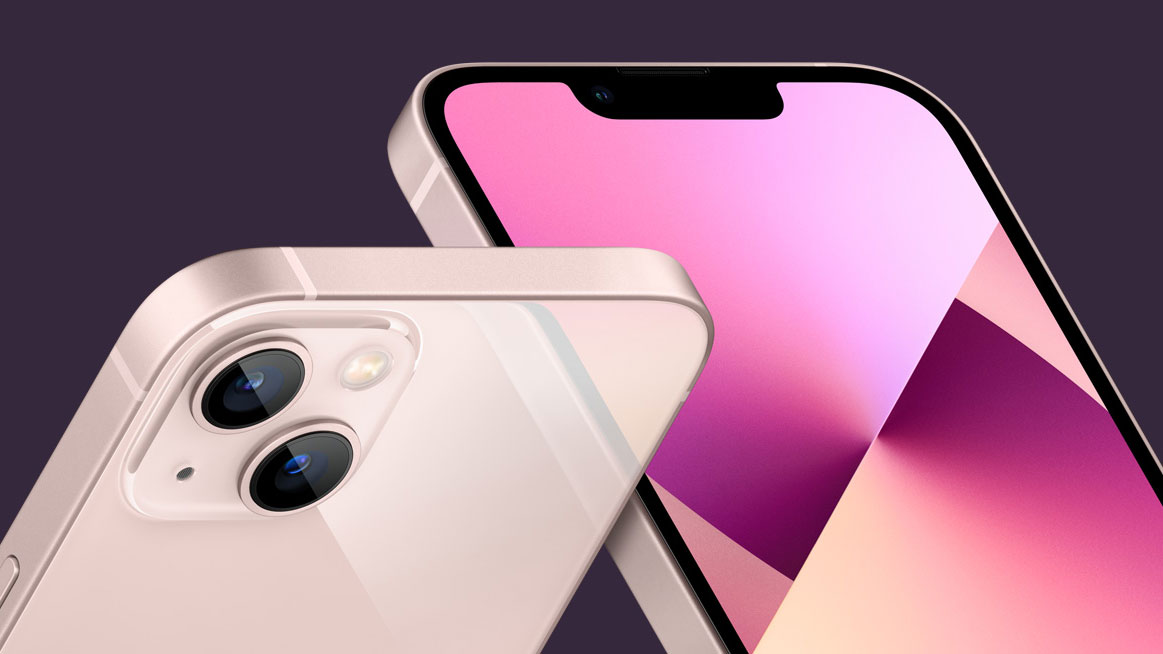
These two devices might be offered side by side in Apple’s current smartphone range, but their design DNA could scarcely be more different.
The iPhone 13 is built in the image of the iPhone 12, which represented an end to Apple’s obsession with curves. These phones are a return to the flat surfaces and sharp corners of the iPhone 4 era, but with a modern twist.
By contrast, the iPhone SE (2020) is the doppelgänger of the iPhone 8, which itself comes from the iPhone 6 school of design. It’s all curved edges, with melt-away 2.5D cover glass.
The older phone is the smaller of the two by quite some margin. The iPhone 13 measures 146.7 x 71.5 x 7.65mm to the iPhone SE (2020)’s 138.4 x 67.3 x 7.3mm, and weighs 175g versus 148g. Together with that rounded body, this means that the iPhone SE (2020) is much easier to hold and use in one hand than the iPhone 13.
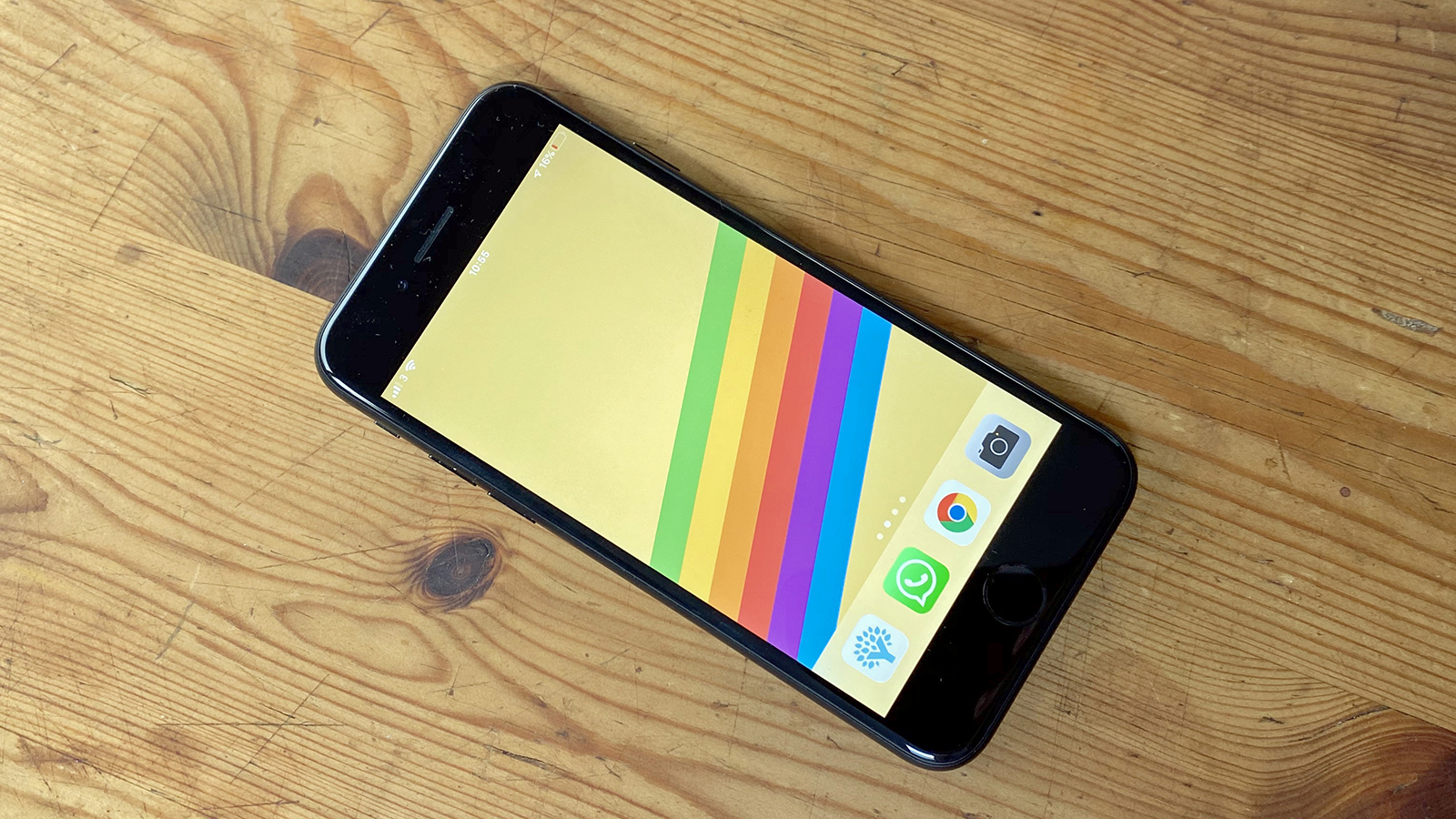
Another key design difference relates to the choice of biometric authentication systems. The iPhone 13 adopts the post-iPhone X display notch, which houses Apple’s Face ID sensors. The iPhone SE, on the other hand, packs a Touch ID sensor right below the display.
Besides what this means for access (a glance vs a touch), this fundamentally affects the designs of both phones. The removal of the Touch ID sensor enabled Apple to push its displays out to the edges, removing the huge forehead and chin that’s readily apparent in the iPhone SE.
Another win for the iPhone 13 comes from an IP68 rating, whereas the iPhone SE (2020) has to make do with a lesser IP67 rating. It won’t stand up to full water immersion quite as well.
iPhone 13 vs iPhone SE: display
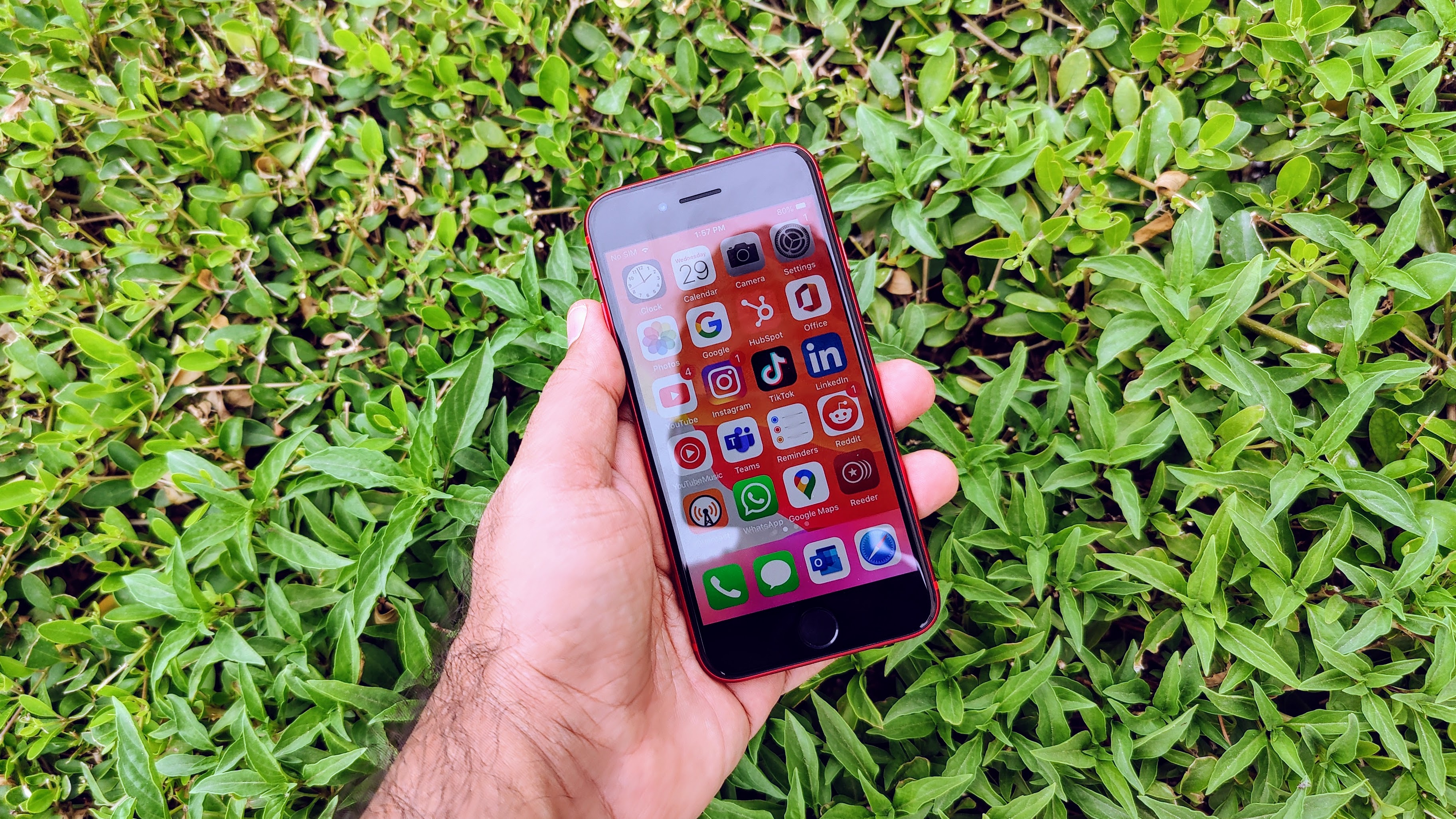
The main reason the iPhone 13 is physically larger than the iPhone SE (2020), of course, is because it has a much bigger 6.1-inch display. At 4.7-inches, the iPhone SE (2020) screen is rather tiddly by modern standards.
Really, the iPhone 13 screen is on a different level in almost every way. It’s an OLED panel rather than the SE’s IPS LCD, which means it’s far more vibrant and color-accurate.
The iPhone 13 screen is also much sharper at 2532 x 1170 compared to the iPhone SE’s 1334 x 750. Even with that extra real estate, this equates to a far superior pixel density of 460 ppi to the iPhone SE’s 326 ppi.
One way in which the two displays are a match is with their 60Hz refresh rates. This is way less forgivable in the iPhone 13 with its newer design. Virtually every 2021 Android phone launched at this price – and even significantly cheaper – sports a higher refresh rate display.
While the iPhone 13’s notch enables a widescreen aspect ratio, the trade-off is that the notch eats into the usable space. By contrast, the iPhone SE’s notchless display grants you a full, unimpeded view.
That aside, the iPhone 13 screen is by far the better canvas for virtually every type of content. It’s not even close, and it’s the area that arguably dates the iPhone SE (2020) the most.
iPhone 13 vs iPhone SE: cameras
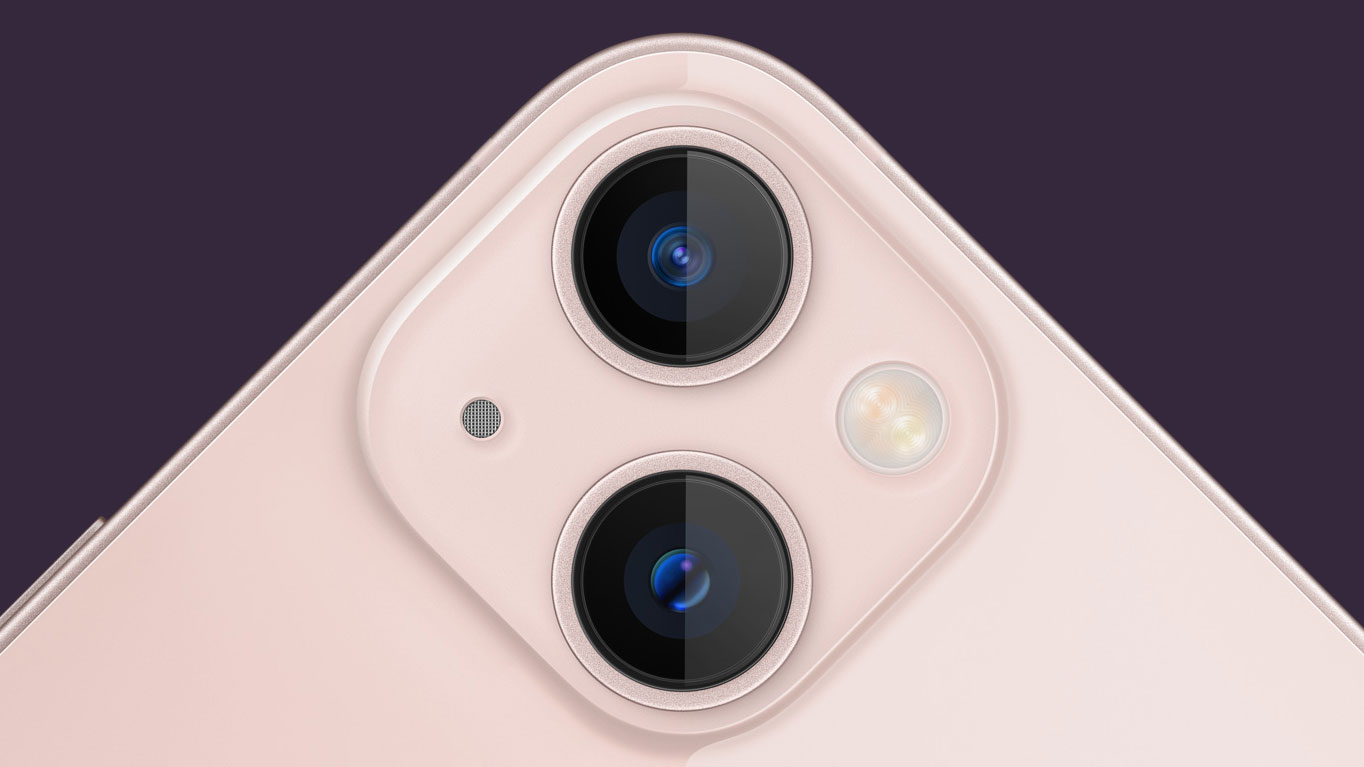
There’s nothing that differentiates a flagship phone from an affordable one like the camera system. The iPhone 13 takes much, much better shots than the iPhone SE (2020) in all conditions.
While both phones pack 12MP wide sensors, the iPhone 13’s is much larger and more advanced. It captures 47% more light than the iPhone 12 before it, which in turn lets in way more light than the iPhone SE (2020).
The iPhone 13 also features a much wider f/1.6 aperture compared to the iPhone SE’s f/1.8 equivalent. Again, it simply scoops up more light.
Beyond that, the iPhone 13 has brought in the sensor shift stabilization system from the iPhone 12 Pro Max, which keeps shots much steadier. The iPhone SE has OIS, but it’s not in the same league.
Combine this with the fact that the iPhone SE (2020) lacks a dedicated Night mode, and you’ll understand why the iPhone 13 has such a massive advantage in low light conditions.
The newer phone also has a massive advantage in that it has a secondary 12MP 120-degree ultra-wide sensor. The iPhone SE only has the one sensor, so it’s incapable of capturing super-wide landscape shots.
Neither phone has a dedicated telephoto lens, but the iPhone 13’s greater clarity and steadiness mean that its cropped 2x shots are superior. But we wouldn’t choose either phone if you like to zoom in from a distance.
In addition to a massive sensor advantage, the iPhone 13 also gains several image processing tricks, which are enabled by its superior A15 Bionic chip (the SE is two generations behind with its A13 Bionic). At a fundamental level, a superior Smart HDR implementation enables richer colors and improved dynamic range.
Elsewhere, Photographic Styles enable you to fundamentally adjust the warmth and tone of your shots, while ‘Cinematic mode’ applies a rack focusing effect to your videos.
iPhone 13 vs iPhone SE: specs and performance
As we’ve already mentioned, the iPhone 13’s A15 Bionic SoC is two generations ahead of the iPhone SE’s A13 Bionic.
Added to that is the fact that the iPhone 13 packs 4GB of RAM to the iPhone SE’s 3GB. The result of this hardware disparity, unsurprisingly, is a fairly sizable performance advantage for the newer phone.
In our own CPU-focused Geekbench 5 multi-core test, the iPhone 13 scored an average of 4688, while the iPhone SE 2020 scores an average of 2992. That’s a difference of more than 60%.
Not that the iPhone SE (2020) feels slow in general usage. That Geekbench score remains competitive with some high-end Android phones, and Apple’s legacy support for aging hardware is the best in the business.
What this performance advantage means (aside from superior frame rates in particularly demanding games) is extra headroom. The iPhone 13 will still feel fast in a couple of years’ time, whereas the iPhone SE will be showing its age by the same point.
In terms of storage, the iPhone 13 finally drops the 64GB entry model for a far more appropriate 128GB. Besides this you can specify 256GB or 512GB.
The iPhone SE still gives you that 64GB starting point, alongside 128GB and 256GB options. It’s another clear win for the iPhone 13.
One final but potentially significant win for the iPhone 13 on the spec front is 5G connectivity. Being able to get the absolute fastest mobile connection speeds available today is a considerable advantage, and it’s only going to get more meaningful as the 5G network expands.
iPhone 13 vs iPhone SE: battery
Apple has fitted the iPhone 13 out with a 3240mAh battery, which is large for an Apple smartphone. The iPhone SE (2020), which is quite typical of the way Apple built its phone for many years, only has a 1821mAh cell.
While Apple is the best around at optimizing its hardware’s energy efficiency, the iPhone SE (2020) doesn’t stand up too well to more intensive usage. We struggle to get through a full day of anything other than light usage.
The iPhone 13, by contrast, is a true all-day phone, capable of getting to bed time with power to spare. Our reviewer tended to be left with 20% at the end of an intensive day of usage.
Neither phone sets any records when it comes to recharging speeds. The iPhone 13 supports 20W wired charging, while the iPhone SE (2020) supports 18W. Neither comes with a charging brick in the box.
Both phones support Qi wireless charging, which is particularly welcome – and surprisingly rare – in the iPhone SE’s price category.
Takeaway
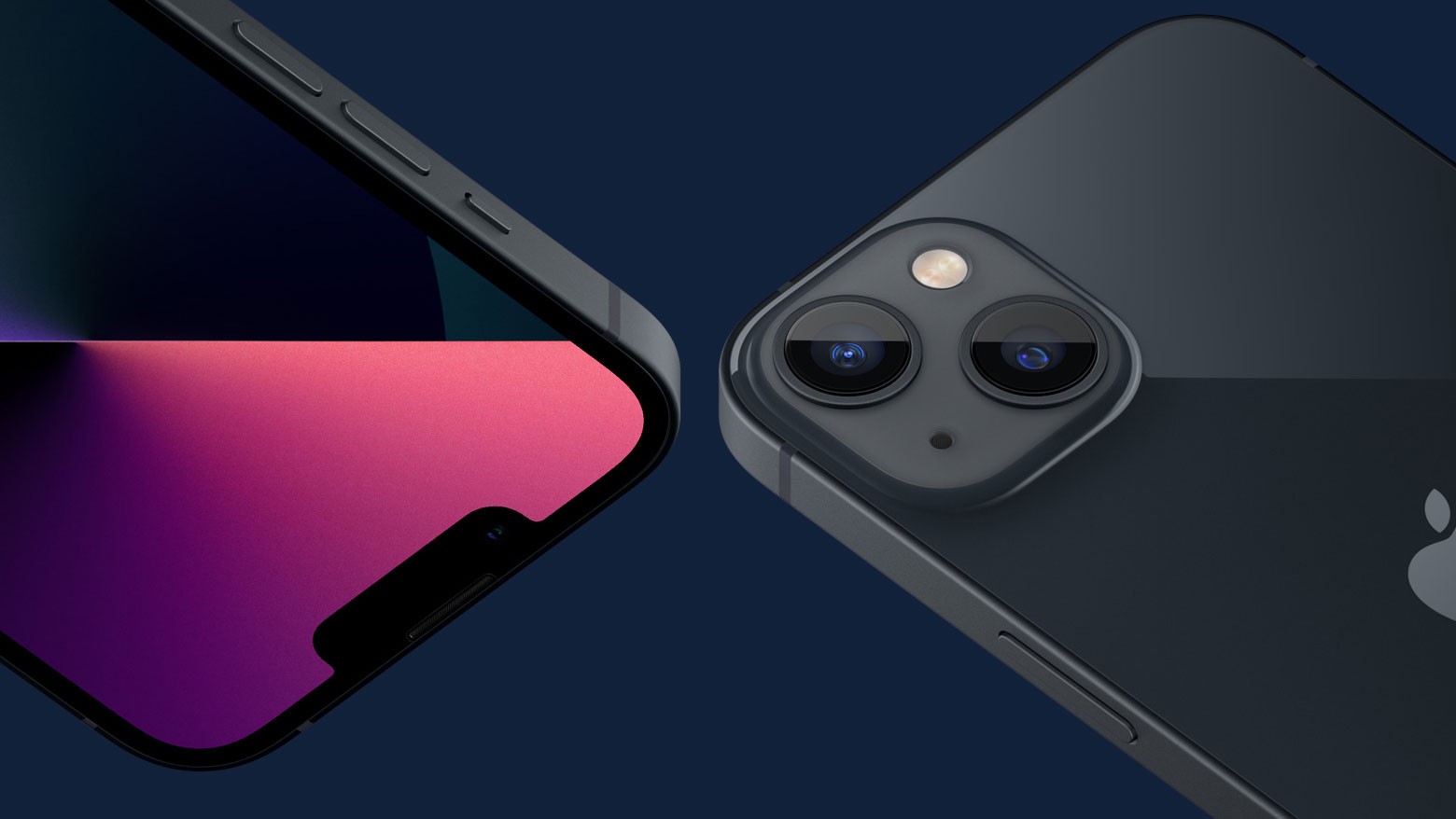
Most people shopping for a new iPhone will be best served by the iPhone 13. It’s better than the iPhone SE (2020) in all of the ways that count, with much faster performance, a much bigger and better screen, a significantly superior camera, and way better battery life.
The iPhone SE (2020)’s only real advantage is its much lower cost. With a $350 / £350 disparity between equivalent storage options, it’s the ideal pick for those who want some of that iOS magic at the cheapest price possible.
Even then, it’s worth factoring in the fact that the iPhone 13 is going to stay relevant for longer, with the kind of performance headroom that will ensure smooth running for years to come. Its design is likely to stick around (with relatively minor modifications) for the foreseeable future, too.
If you can afford it, the iPhone 13 is clearly the better bet here. But the iPhone SE (2020) remains a valid pick for those on a budget.
You might also want to check out the iPhone 12 Pro vs iPhone 11 Pro or iPhone 12 Pro vs iPhone 12 Pro Max comparison.

